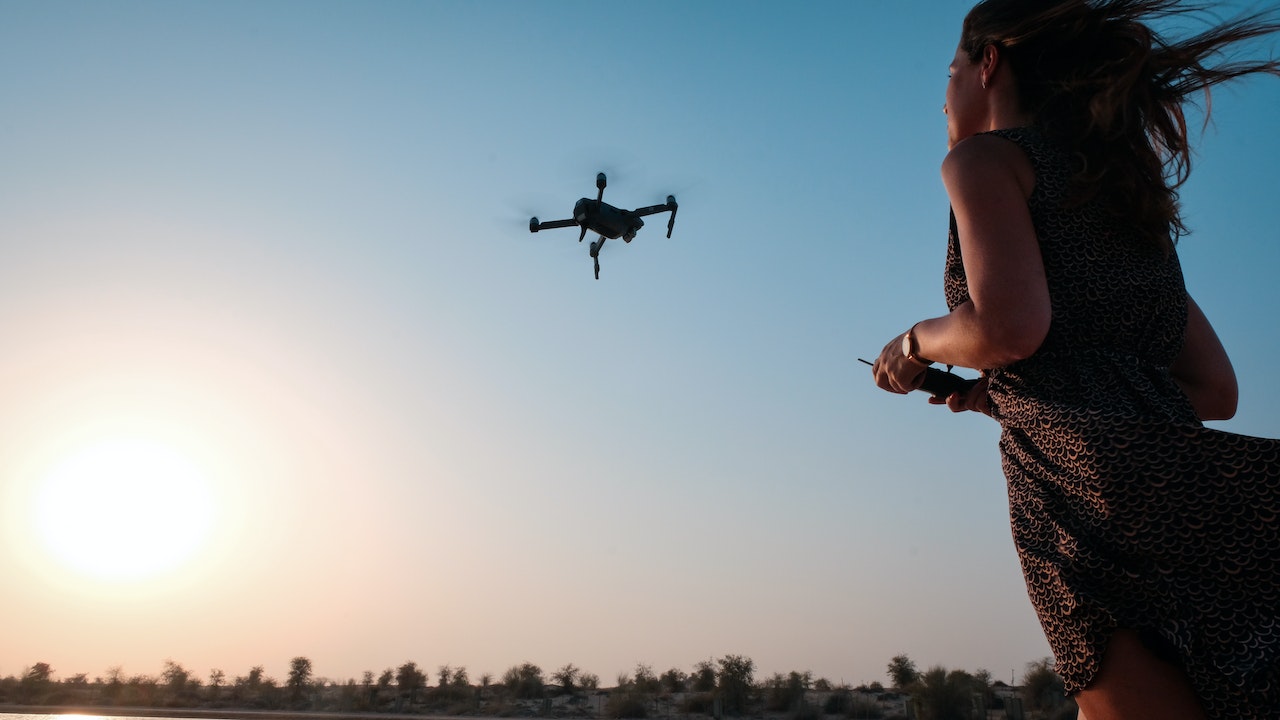Surety Bond Professionals is a family owned and operated bonding agency with over 30 years of experience. With access to a broad range of surety markets, our expert agents are ready to assist with all of your construction bond needs.
The Need for Remote Control Construction Equipment
The construction industry is always on the lookout for better digital technology that will increase productivity and reduce project costs. It’s not uncommon for large projects to miss the scheduled completion date by as much as 20% or go over-budget by as much as 80%. Any technology that can help bring a construction project in on time and within budget is certainly worth considering, especially as remote control construction equipment capabilities expand, more options become available, and prices become more affordable.
This article examines three of the most common remote control construction technologies, looking at the specific benefits associated with each.
Drones
Drones are remotely controlled aircrafts with an onboard global positioning system (GPS), and specialized downward-facing sensors of different types:
- Red/green/blue (RGB)—These sensors are essentially cameras that detect the same wavelengths as the human eye, taking pictures at certain intervals as a drone flies a mapping mission. The images are processed by photogrammetry software to produce data outputs, such as point clouds and digital elevation models.
- Multispectral—These sensors can detect multiple wavebands beyond red, blue, and green, up to 15 of them. Multispectral sensors can differentiate objects that might be indistinguishable in RGB images. There are also hyperspectral sensors capable of detecting more than 100 continuous wavebands.
- Thermal—Thermal sensors detect electromagnetic radiation from the long-wave infrared (LWIR) spectrum and detect heat.
- Light detection and ranging (LiDAR)—LiDAR sensors are used in topographic mapping. They emit light pulses of a specific wavelength generated by a laser and measure how long it takes for them to be reflected back by an object. The sensor uses the reflected pulses to create a 3D point cloud.
Drones are used in surveying land, inspecting infrastructure, and for security/surveillance applications in construction. Things that are hard to spot at ground level are easily detected during aerial inspections. They provide a great advantage when performing surveys in hazardous situations because they are operated remotely and do not put workers at risk. They can also perform surveying tasks more quickly than would be possible through conventional survey methods. In 2021, the global construction drone market was valued at $4,579.40 million. It’s expected to reach $10,610.30 million by 2027.
Robots
Demolition robots provide a safe and efficient way to tear through concrete and other materials with a variety of end-of-arm tools. With no need for a cab to accommodate a human driver, they are compact enough to fit through doorways and enter small spaces. They also are powerful and have the reach to access places that would be difficult for human workers to get to.
Demolition drones relieve human workers of an inherently dangerous job and allow their talents to be put to better use. Construction robots are not cheap, but they can be very cost-effective because they require no salary, can work as long as necessary, and don’t need breaks or vacations. The time and labor savings can be substantial.
Remote Control Loaders
Remote control loaders look and function like conventional loaders except for being operated from a distance of as much as 1,000 feet. Again, one of the key benefits is safety, as there is no need for an operator to be in close proximity to hazardous materials that need to be moved or to be operating in a hazardous environment.
In many cases, construction companies purchase a remote control system that can be installed on a conventional loader in a matter of minutes, and removed for use on another piece of equipment in a similarly short time.
Future of Remote Control Construction Equipment
Some of the advantages fueling the growing use of remote control equipment in the construction industry include:
- The appeal remote control equipment has for younger people, which can help address the shortage of skilled workers by bringing more young people into the industry
- The increased safety from removing workers from potential dangers such as structural instability, falling debris, and other health threats
- Continuing advances in remote control technology that increase functionality while bringing down costs
- Greater efficiency, productivity, and work quality
- Reduced labor requirements
- Easily quantified return on investment (ROI)
All of these advantages will be perceived favorably by surety bond underwriters and can be reflected in lower bond premium rates.
Get A Quote
Our surety bond professionals will get you the construction bonds you need at a competitive rate.





